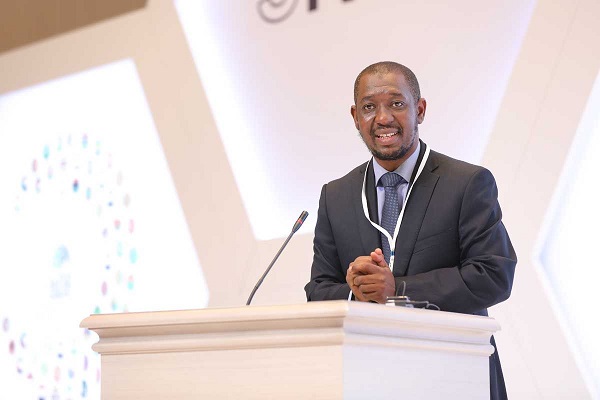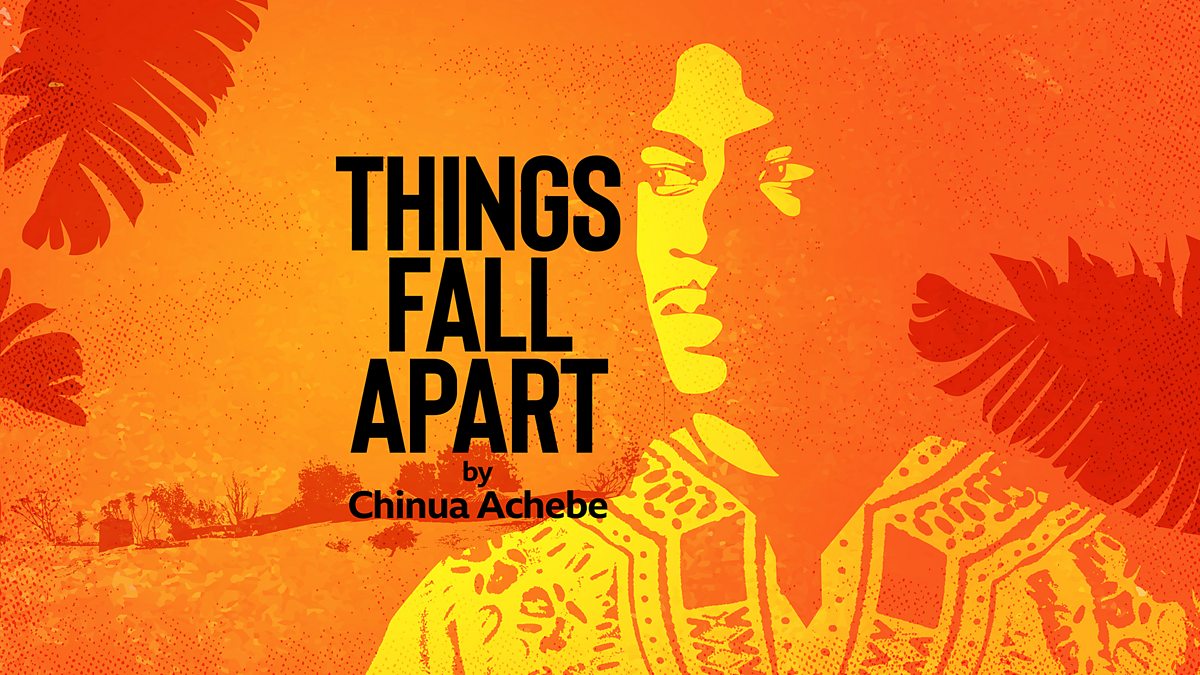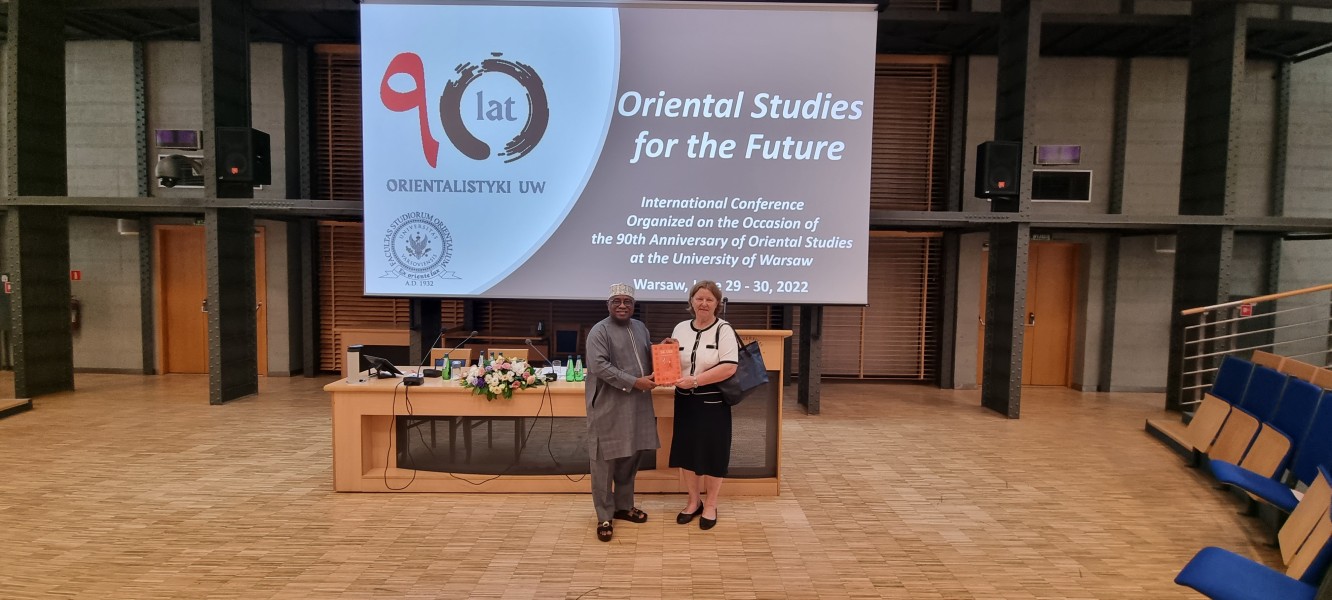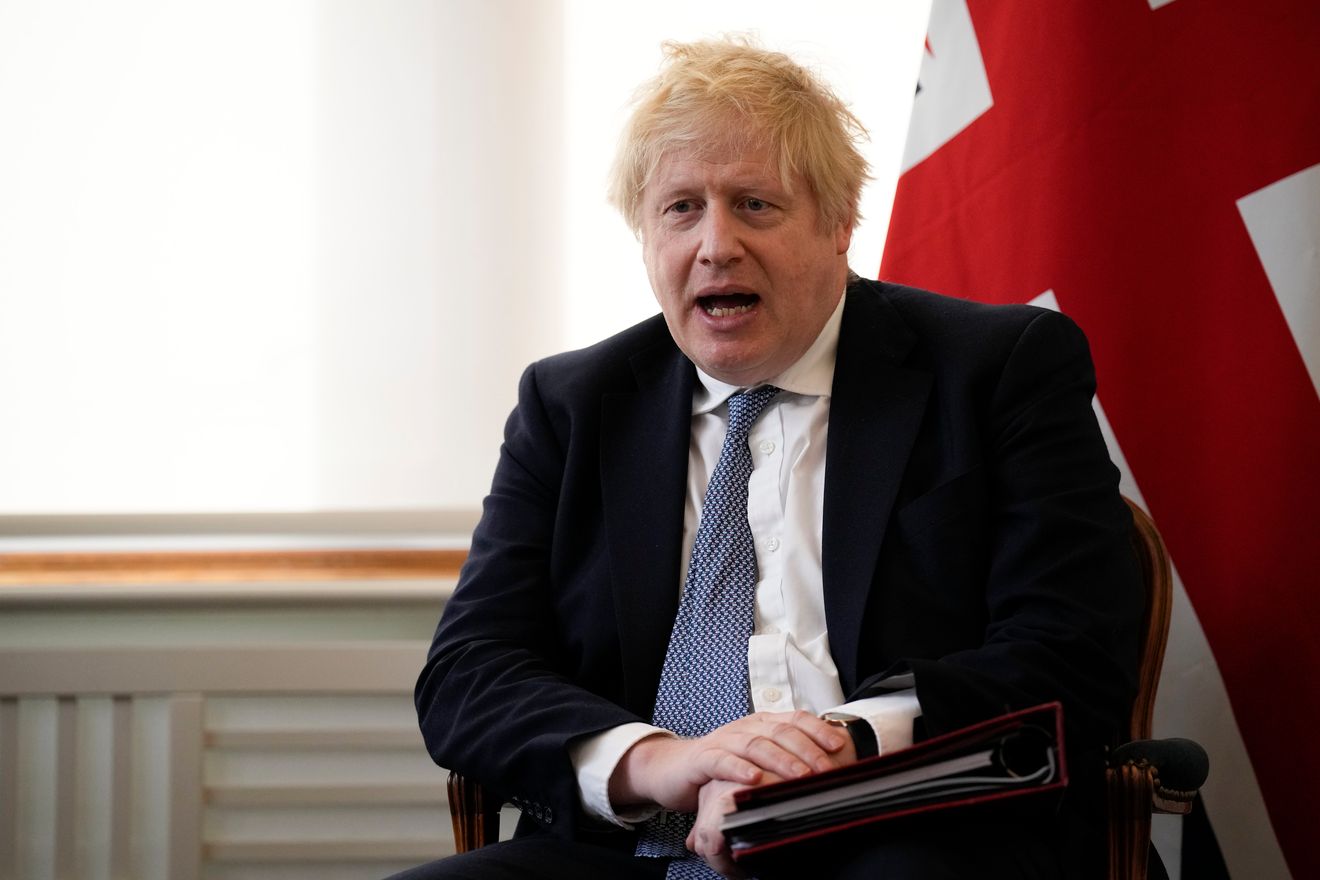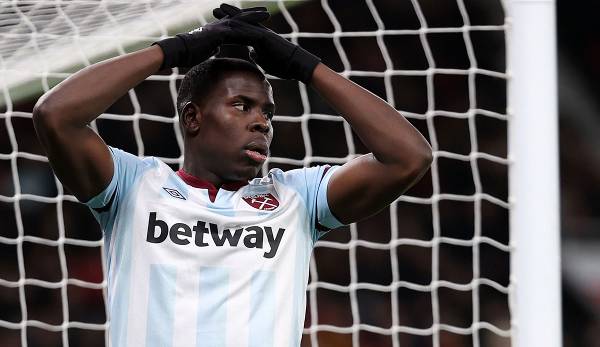National Museum of African American History and the horror of slavery
By Muhammad Jameel Yusha'u, PhD Apart from hosting us in their house during the Thanksgiving holiday, Danielle Callaway Njama and her husband, Philip Njama, booked a ticket for us to visit the National Museum…
